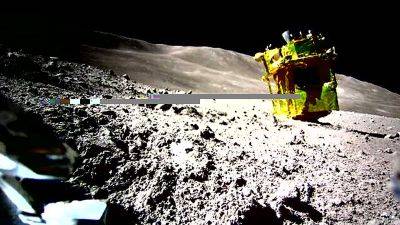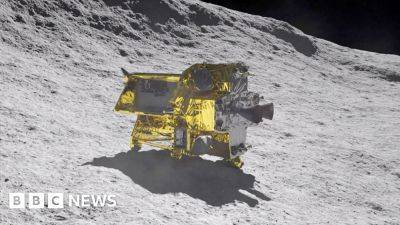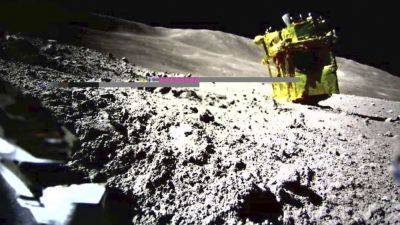Why is Japan's 'moon sniper' landing mission important?
TOKYO — Japan aims to become the fifth country to put a spacecraft on the moon when it attempts the precision landing of the Smart Lander for Investigating Moon (SLIM) probe on Friday (Jan 19).
Dubbed the "moon sniper", SLIM will put to the test an experimental technology the Japan Aerospace Exploration Agency (JAXA) says is unprecedented and essential to searching for water, and other factors that could sustain life on the moon.
JAXA will start a 20-minute touchdown phase on its one-way mission from 1500 GMT Friday, trying to land on a site roughly the size of two athletic tracks located on the slope of a crater just south of the lunar equator.
What is Japan's precision moon landing?
More than two decades in development, the SLIM project is JAXA's second lunar landing attempt. It lost contact with the OMOTENASHI lander shortly after launch in 2022.
SLIM is designed to land within 100 metres of its target, versus the conventional accuracy of several kilometres for lunar landers. As the probe descends onto the surface, it recognises where it is flying by matching its camera's images with existing satellite photos of the moon. This "vision-based navigation" enables a precise touchdown, JAXA says.
The precision landing technology will become a powerful tool in future exploration of hilly moon poles — seen as a potential source of oxygen, fuel and water — and boosts a lunar lander's chance of survival by helping it select the best location for solar power generation, according to JAXA.
What are challenges and other objectives?
[[nid:638937]]
Only four nations — the former Soviet Union, the United States, China and India — and no private companies have achieved the soft landing on the moon's surface.
JAXA has twice landed on







